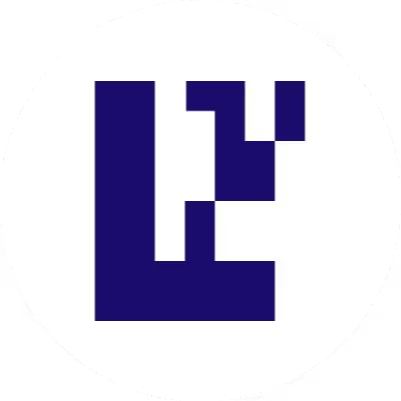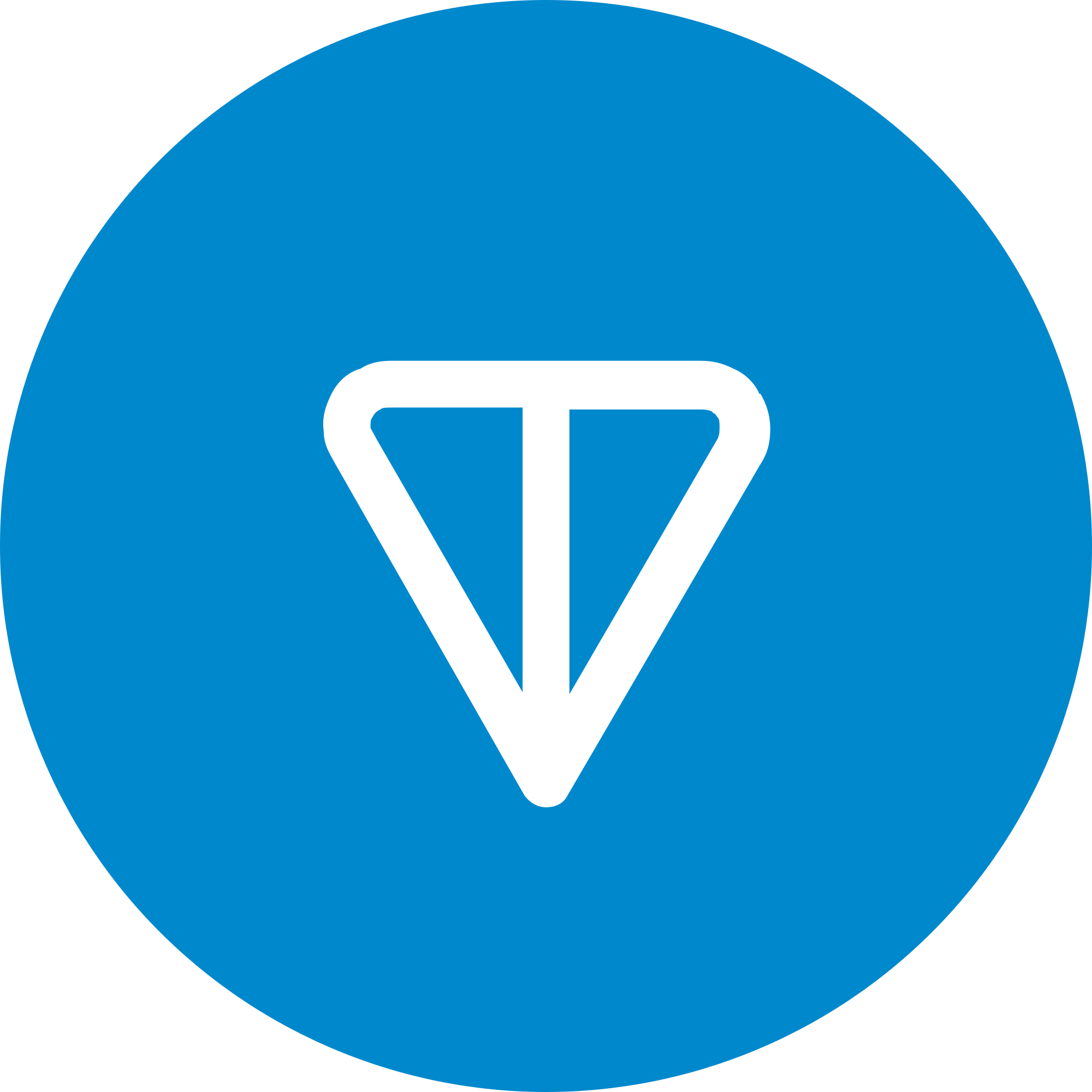We’re excited to announce that Blockdaemon just closed a $500k seed round with investments from Plug and Play and Boldstart Ventures!
Want to hear more about how Blockdaemon can help you with your Blockchain journey? Contact us today to chat more about our blockchain solutions, or read on to get a closer look at what’s new.
We took our time and engaged with potential investors carefully for this seed round. Ultimately, we decided to steer away from some of the more traditional crypto investors or a token sale at this stage. It’s not because we do not value them, but because we want to make sure we are pushing ourselves to evolve quickly, driving innovation born of fiscal restraint. Venture is good at that.
Our goal is to become the Heroku or Rackspace of blockchain. And that requires some serious engineering chops — chops best developed iteratively with clear milestones, by an engineering team under pressure. Our task isn’t an “R&D-driven, blue-sky strategy”, but rather a clear end-state objective: We need to be able to pre-configure any chain on any network, and build an orchestration platform. That, my friend, requires discipline.
We found our first supporter this summer. We had just launched our website, and almost immediately got an email from Scott Robinson, VP of Fintech for Plug & Play. I honestly don’t know how he found us — it must have been some savage-venture-investor-bloodhound-style-power. After a brief conversation about the need for “agnostic shovels”, he was in. From there, we got invited to the Plug & Play selection day, secured a place in their accelerator, and scored our first investment. That meant Arun, our CTO & Co-Founder, moved into their office space in Silicon Valley. It took a lot of convincing for me to get comfortable with having someone as technically gifted as Arun sitting in a co-working space — but ultimately we went for it. Nothing gets poached faster than an engineer in an accelerator, so I made sure Arun had solid gold handcuffs, encrusted with diamonds, and locked by a trezor.
Having built companies in the past, I am always nervous about the initial concept/scale phase, especially when it comes to ensuring the engineering brains partake in the excitement of a new venture, and don’t just get stuck coding in some basement. Plug & Play provided both in spades, from pitching in front of great investors, to over 30 “deal-flow meetings”, and a great location to boot (no windows!). They even indulged us and our views on POCs (we weren’t believers, because “we never want to deal with a procurement department…ever….”), and accelerators (“are only for folks who don’t know what they are doing …”).
My opinion about the former hasn’t changed much — taking meetings with innovation centers or corp dev units of large companies tends to be a waste of time for a blockchain infrastructure start-up. It requires too much education (them), and inherently takes the focus away from being a platform product for the community (us) — not an easy chasm to bridge. In addition, some of the NDAs were simply untenable. When it comes to the benefits of accelerators, however, my expectations not just changed, they were surpassed by multiples.
Plug & Play provided the perfect proving ground to refine our narrative and focus our product. We met other start-ups in our space, and were able to build connections and potential projects with them. In addition, we were able to learn a lot from some of the Plug & Play alumni, especially blockchain-focused ones Stellar and Factom. And it provided us with an invaluable new network — not to mention the free lunches, hundreds of thousands of dollars of cloud credits, and a genuine exciting group of Plug’n Players to help shepherd us forward.
So, with the cash from Plug & Play (and one amazing angel) burning a hole in our pocket, we set a goal for ourselves: make it last until at least the end of the program, then fill out the whole round quickly — and hit the gas. To avoid diluting ourselves, yet still offer early investors a great opportunity, we knew we didn’t want to raise too much, so we needed to be crafty until our story hit home. Speaking to investors and our network of other crypto projects, we realized we needed to focus on product and understand infrastructure better.
We learned that there is a problem when it comes to blockchain infrastructure, beyond the absence of simple tooling. The benefits of a decentralized network are often outweighed by the cost of network (adding each additional node doesn’t lower average cost, it increases it exponentially) and complex deployment. In addition, it is nearly impossible to predict cost for networks. Plus, the existing solutions from Azure, AWS, IBM, Google, etc., aren’t built with decentralization in mind. They are built to maximize your cost base. The community as a whole has no means to drive down these network costs, unless they give away control or data, which runs completely against the blockchain ethos.
Decentralized chains need a way to centralize their bargaining power to manage costs. Projects need a tool that accepts crypto for infrastructure, that allows for easy re-deployment (you just cannot bank on any chain with 100% certainty, just look what happened to Parity today), with as little upsell as possible. So we decided to do just that — to allow for projects to share infrastructure at cost over time. We believe that blockchain developers should be spending more time building their applications than trying to figure out why cloned nodes on amazon spit out the same random numbers. We want to build SDKs to make it easier to work with blockchains while reducing the hardware costs for everyone involved. That’s the big vision.
And for that we needed an investor who believes in the importance of disrupting the blockchain infrastructure, without pushing us into an ICO or other aggressive speculation quickly.
Finding that investor wasn’t as easy as we thought — and my activity as an advisor in the ICO space hasn’t helped. Po.et, madnetwork.io and other projects of which I am a public supporter left a ton of folks with the impression that I am just laying the rails for a large-scale crowd-sale. I am not saying that could never happen. I am saying that it can only happen if we deliver real engineering value at scale for the community first. We wanted someone who can teach us about infrastructure contracts, can connect us with people at companies who achieved our dream in cloudland and is thematically aligned with us. Someone who can help us recruit engineers.
We met Boldstart VC at the end of our accelerator program, and immediately felt they got us. They introduced us to hyperfab.io, which gives us access to some bigger players and engineering support around integrating fabric. That is the kind of networking and support we need — practical and to the point. Boldstart has a background investing in middleware & cloud type companies. Ed Sim, the founder of Boldstart, has helped many companies in the cloud space move from seed, to traction, to exit — and his focus on product felt like the right approach for this stage of the company. He writes a blog that you can find here.
Now that we are truly on our way. we urge you to reach out to us with any questions when it comes to deployment of nodes on Hyperledger (Fabric), Ethereum, Corda, Quorum etc. We’re building this for all of us, the blockchain community, so don’t be shy!
Let’s boldly plug away.


































































